The Abominable Snowman (1957)
Directed by: Val Guest
Written by: Nigel Kneale, Val Guest
Starring: Forrest Tucker, Peter Cushing
UK
AVAILABLE ON BLU RAY AND DVD [Blu Ray Region A Japan only]
RUNNING TIME: 83 min
REVIEWED BY: Dr Lenera, Official HCF Critic
Dr. John Rollason, his wife Helen and assistant Peter Fox are guests of the Lama of the monastery of Rong-buk while on a botanical expedition to the Himalayas. A second expedition, led by Dr. Tom Friend accompanied by trapper Ed Shelley, photographer Andrew McNee and Sherpa guide Kusang arrives at the monastery in search of the legendary Yeti or Abominable Snowman. Rollason, despite the objections of his wife and the Lama, decides to join Friend’s expedition. Whereas Rollason is motivated by scientific curiosity to learn more about the creature, Friend seeks fame and fortune and wants to capture a live Yeti and present it to the world’s press….
During the course of my series of Hammer reviews, I will be, unsurprisingly if you’ve read lots of my reviews and know that I often go against the grain, championing certain films from the studio which I feel haven’t got the recognition they deserve, as well as maybe even [perish the thought] criticising the odd movie which I think is overrated or has been over exposed over more deserving productions. The Abominable Snowman is a film I thought I remembered seeing a couple of decades ago, but seem to have confused it with both [oh the joys of having seen too many films! the following year’s The Trollenberg Terror which also had Forrest Tucker battling a terror from the mountains, and The Snow Creature, an earlier effort from 1954 about the Yeti. Hammer’s foray into subject matter which hasn’t produced as many films as you would think is a highly intelligent, subtle and thought-provoking [not the first words that pop into your head when thinking of Hammer] picture that deserves to be far more widely known and seen than it is. Watching it last night, I was most surprised with how modern and ‘un-dated’ it seemed to be. I can see why the studio are remaking it [though we haven’t heard anything about this for some time now], I just hope they don’t actually change too much, because I don’t think they’d need to for a modern audience.
As with the Quatermass films, The Abominable Snowman began life as a TV production from the pen of Nigel Kneale, this time a single 90 minute teleplay called The Creature. Kneale was influenced by reports of Yeti sightings and in particular a Daily Mail-sponsored expedition to the Himnalayas that found no Yeti but some footprints nine inches long and five inches wide. Unsurprisingly Hammer bought the rights to make a film that would be their last collaboration with independent producer Robert L. Lippert, the studio now in a position to deal with the Hollywood majors. The script followed the TV screenplay very closely aside from adding the characters of Helen Rollason and Peter Fox and changing some names, and Peter Cushing, Wolfe Morris and Arnold Marle all reprised their roles. Location filming in the French Pyrenees was then matched with studio footage at both Bray and Pinewood [Bray being far too small], the monastery set later being re-used by many productions including the series of Fu Manchu films starring Christopher Lee. Kneale and director Val Guest, who cut some dialogue from the script, differed as to whether the Yeti should be shown, the former in favour of and the latter against except for some glimpses of arms and legs. The compromise was a brief close-up of a Yeti face near the end. The Abominable Snowman went out on a double bill with the teen drama Untamed Youth and did average business. In the US, Lippert sold it to 20th Century Fox, who cut out five minutes of dialogue and released it on a double bill retitled The Abominable Snowman Of The Himnalayas with The Crawling Eye, a film originally called…The Trollenberg Terror!
The opening titles immediately get one into the mood with great shots of the Himnalayas [well, the Pyrenees, but who can tell the difference?] set against both music which is both dramatic and slightly sad, and with just a few subtle oriental shadings, from composer Humphrey Searle. Now going into The Abominable Snowman fresh one needs to know that it moves very slowly for its first half, especially the early scenes in the monastery, some of which could have been dispersed with. Still, there’s some surprisingly strong characterisation, especially with Tom Friend, who may at first come across as the typical cliched character [and American, just the way us Anglos saw them back then and probably still do] just after fame and fortune who wants to bring home a Yeti, but is revealed to be quite rounded and even sympathetic along with motives that are not entirely disagreeable. Then when we switch to the mountains, the mixing of studio and real footage is pretty well done, especially considering that none of the principal cast members ever went to France. The sets are rather convincing unless you really notice these things [it’s the sky that often gives it away]. Even if you end up with the opinion that the film is boring or at the least disappointing, you can’t deny that, given the major budget limitations, it’s a very well put together production and, like the first two Quatermass pictures, is expertly handled by Guest with his liking for overlapping dialogue and handheld [but not shaky] camerawork giving a realistic feel to proceedings.
Talking of shaky camerwork, it struck me whilst watching the film how similar it is to a lot of modern Found Footage features, even The Blair Witch Project, in its approach and structure [though I hope Hammer don’t go down this road for the remake]. Perhaps this ‘minor’ film has been more influential than at first seems apparent? In any case, it gradually begins to build up the tension [and we’ve already had the mystery of why the High Llama seems to be both lying about the Yeti and in some kind of trance] and we get lots of eerie happenings leading up to a gripping final reel. The Yeti is, or rather are, often seen by characters though not properly by us. Even during a scene where they find a dead one, Guest cheekily refuses to show us any more than an arm. This ploy does works well especially when, in one scene, we see, from inside, that something is disturbing the outside of a tent, then see the creature’s hand creeping under the side of the tent, then the terrified face of the man inside – after which we switch to the two main characters some distance away who hear the Yeti’s inhuman howl [very chilling this sound] and the man’s insane scream, who then rush to find him almost comatose with fear. Characters do start to be killed off, and eventually, in the climax, we get, after a rather creepy shot of two of the creatures in shadow, a close-up of a face, which looks just like….that of the Wicked Witch’s chief guard, the one who cries: “Hail to Dorothy, the wicked witch is dead”! in The Wizard of Oz. The makeup does slightly unsettle, but just having a close-up of the actor’s expressive eyes would have been far better.
Considering that it’s basically a very simple set-up, there’s quite a lot going in the story, including a brain-washing element which is a little underdeveloped and confusing, and some fascinating concepts revolving around the Yeti, whom Rollason believes could be a lost race who descended from the same stock as apes and humans, and who rather than being aggressive monsters, are old, wise creatures who could be our superiors are just fighting to protect their existence from the destructive encroachment of man. The anthropological and environmental elements still make the film very timely and Kneale’s messages, from man’s faults to the importance of protecting rare animals, and the way he and Guest present them, come across as being genuinely poignant and heartfelt rather than overly didactic, and, most impressively, still manage to leave some room for ambiguity with no easy answers. This is no simple preaching, it’s important lessons about us and our world in a film which really does achieve a lot with limited means, and proves that care and careful handling of a subject are more vital to a film like this than lots of money.
Cushing, who is seen with a pipe for the first time [it was on this film that he earned the nickname ‘Props Cushing’ because he always brought props of his own choosing to the sets with him and constantly fiddled with them to occasional exasperation from directors], is convincingly idealistic [though still flawed, nobody’s perfect in this story] as Rollason, and Tucker helps makes his typically brash, careless American into somebody we start to feel for. Both actors get some great meaty dialogue to get their teeth into. One thing that doesn’t sit too well these days is the sight of Caucasians [and they don’t even bother to give Arnold Marle any Asian makeup] playing Asians, which jars with the general open-mindedness, but it’s a common thing with films back then so it’s hard to get truly bothered about it. Humphrey Searle’s score is appropriately tense and sometimes even a bit frightening, though James Bernard would have evoked the settings and the atmosphere more. The Abominable Snowman is, overall, an overlooked minor classic which successfully merges the cerebral monster movie with the more conventional kind, and, while I hardly expected a bad picture, really quite surprised me with its sophistication….while still never forgetting to be entertaining.

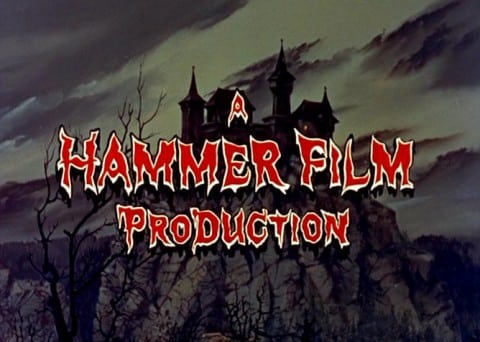

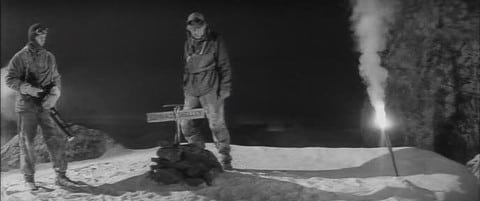
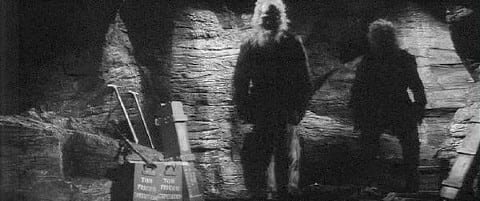




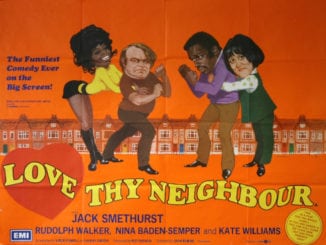
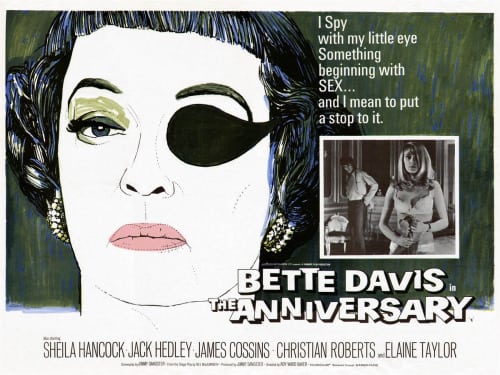
Be the first to comment